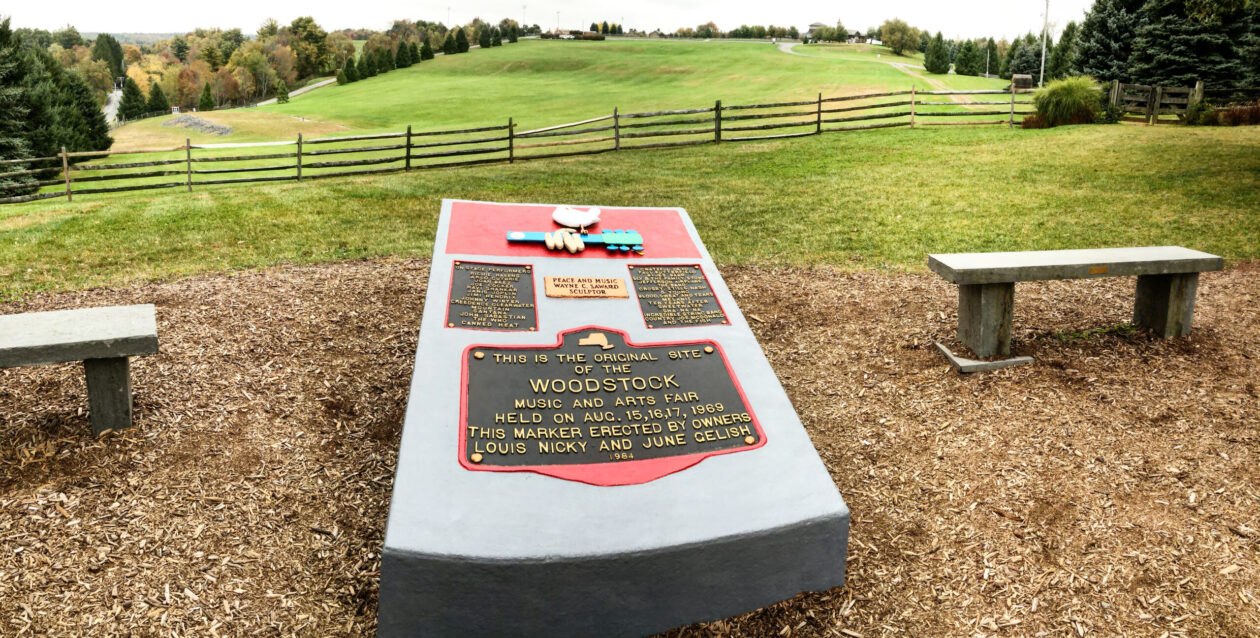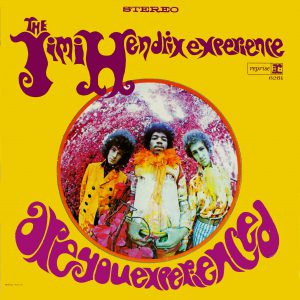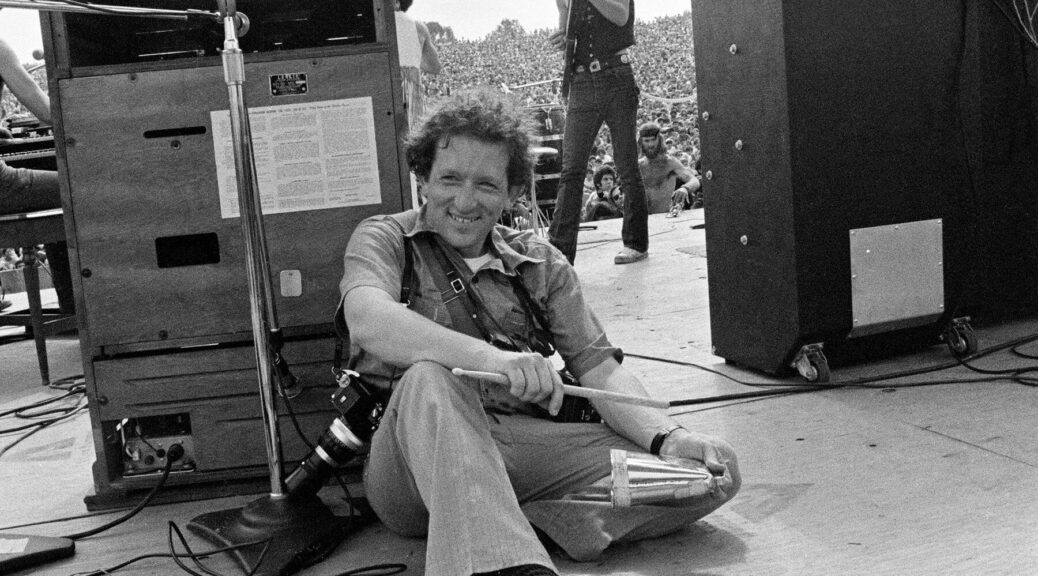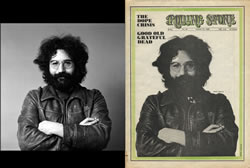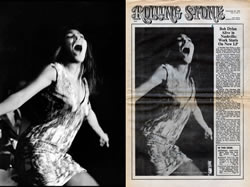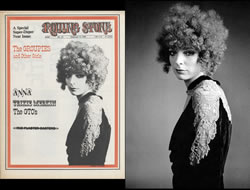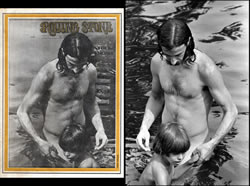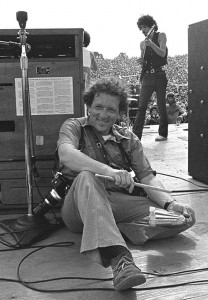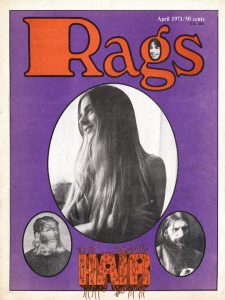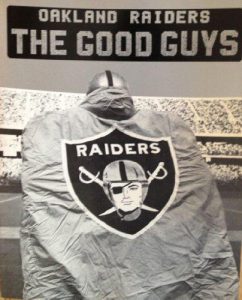Happy Vinyl Record Day
August 12
Thomas Edison
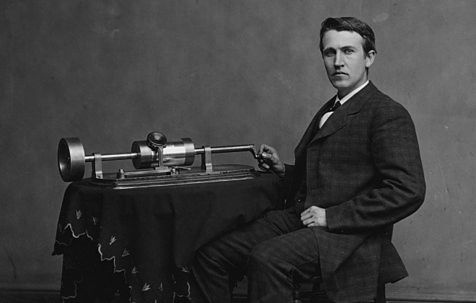 While American inventor Thomas Alva Edison was officially credited with inventing the phonograph on November 21, 1877 and did not file for the patent until December 24, 1877, August 12, 1877 is the date popularly given for the completion of the model which used a cylinder.
While American inventor Thomas Alva Edison was officially credited with inventing the phonograph on November 21, 1877 and did not file for the patent until December 24, 1877, August 12, 1877 is the date popularly given for the completion of the model which used a cylinder.
With these various dates to choose from, in 2002 Gary Freiberg of Los Osos, California decided that August 12 would be National Vinyl Record Day. The Mission Statement is: “The Preservation of the Cultural Influence, the Recordings and the Cover Art of the Vinyl Record”
Freiberg is a radio host and investment counselor in San Luis Obispo County. (djzone.net)
Happy Vinyl Record Day
Beginnings
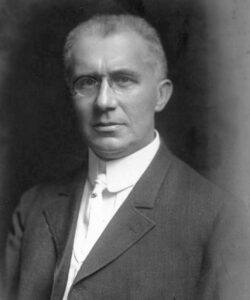
At the same time as Edison, Emile Berliner (invented the microphone that became part of the first Bell telephones) patented the gramophone, which was the first flat vinyl record player. The device had to be operated by hand, and played seven inch discs (first of glass, then of zinc, then of plastic).
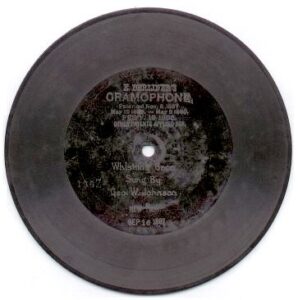 In 1901, the Victor Company released a record player called the Red Seal, and it played ten inch vinyl records. Interestingly, RCA adopted Berliner’s trademark: a dog listening to “his master’s voice.” The picture was actually based on an 1899 painting by Francis Barraud.
In 1901, the Victor Company released a record player called the Red Seal, and it played ten inch vinyl records. Interestingly, RCA adopted Berliner’s trademark: a dog listening to “his master’s voice.” The picture was actually based on an 1899 painting by Francis Barraud.
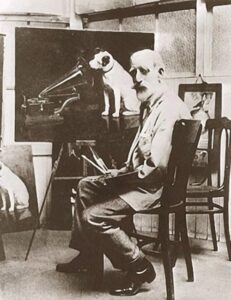
Happy Vinyl Record Day
LPs
In 1948, Columbia Records developed the 33 1⁄3 rpm LP (for “long-play”) format.
In response, RCA Victor developed the 45 rpm format and marketed it in 1949. The 45 format allowed for juke boxes to proliferate.
Audio Fidelity offered the first commercial stereo two-channel records in 1957, however, it was not until the mid-to-late 1960s that the sales of stereophonic LPs overtook those of their monophonic equivalents, and became the dominant record type.
Such stereo technology combined with LSD’s psychedelia created an opportune format for many bands to present their music.
Happy Vinyl Record Day
CDs Kill Vinyl/Streaming Kill CDs
With the 1990s vinyl recordings, despite their sound quality, were largely replaced by the compact disc, then around 2000, digital downloads and streaming replaced CDs.
In 2007, vinyl sales made an unexpected small increase, starting its comeback, and by the early 2010s it was growing at a very fast rate.
9/11
In a June 25, 2010 Goldmine site interview, Gary Freiberg explained his idea for the day: It was spurred by a couple of things. I conceived the idea in November of 2001 inspired in part by the events of September 11th. The idea for Vinyl Record Day (VRD) came from both the intense constant news that we were getting then, combined with my growing involvement in vinyl. It seemed we needed a break from war, terrorism and however random thought occurs mine was establishing VRD with one of the goals of Vinyl Record Day to remember regardless of world events we always have our personal memories of good times, of good people. And music is the primary vehicle to those memories. Everyone has their own soundtrack, as Dick Clark called it, when you hear a song and instantly fondly remember a good time or people you relate to that song. I wrote a proposal to the Board of Supervisors where I live and they officially declared Vinyl Record Day in San Luis Obispo County. Not to be corny but think of the good for the national psyche to have a day that we remember to keep in touch with life’s basic goodness regardless of the world news or personal challenges. Preservation is a natural primary goal of VRD but I see the two goals: preservation of our audio history and a day of music, friends and family as equally important goals.
Happy Vinyl Record Day
Renaissance
In 2016, fans purchased more than 3.2 millon LPs, a rise of 53% over 2015 and the highest number since 1991 when Simply Red’s Stars was the bestselling album. 2016 was also the first year that spending on vinyl outstripped that spent on digital downloads.
In 2018, vinyl sales moved nearly 10 million units.
In 2019 CNBC reported: This past week, the Recording Industry Association of America (RIAA) released its mid-year report. It showed that 80% of the of music industry’s revenue comes from streaming, but it also showed that revenue from sales of vinyl records is on track to overtake that of compact discs by the year’s end, should current trends continue.
On July 3, 2020, the Statistica site reported that, “Continuing one of the more surprising comebacks of the digital age, vinyl album sales in the United States have grown for the 14th consecutive year. In 2019, 18.8 million LPs were sold in the United States, up 14 percent compared to 2018 and more than 20-fold compared to 2006 when the vinyl comeback began.”
Happy Vinyl Record Day
Sweet vinyl’s sound return.
Here is an interesting perspective about our shelves today and vinyl records. The New York Times article begins with, “When I was 13, in the early 1990s, I dug through my parents’ cache of vinyl records from the ’60s and ’70s. We still had a phonograph, so I played some of them, concentrating on the Beatles. Their bigger hits were inescapably familiar, but a number of their songs were new to me.”
And below is a 2015 video from the New York Times about this vinyl renaissance and keeping up with pressing records. It features Independent Record Pressing in Bordentown, NJ.
And a WHYY 2020 video from their site:
Happy Vinyl Record Day
2023 Update
The Smithsonian Magazine reported that “For the first time since 1987, music lovers in the United States are buying more vinyl albums than CDs.
In 2022, listeners purchased 41 million vinyl records, compared to just 33 million CDs, according to a new report from the Recording Industry Association of America (RIAA), a trade group representing record labels, musicians and other recording businesses.”
As exciting as that news was to vinyl-lovers, the article soberly pointing out that, “Even so, both records and CDs made up only a small fraction of the music industry’s revenue in 2022. The majority—roughly 84 percent—came from streaming services….”
July 12, 2023: a Variety article reported that, “The vinyl boom is not going bust anytime soon. In the first half of 2023, vinyl LP sales were up 21.7% from the same period the year before, a robust vote of confidence for the format that has dominated album sales in recent years. That’s one of the findings in Luminate’s Midyear Music Report, being released by the leading data company today.”
2024…renaissance continues
A 2024 AP article about United Record Pressing, the oldest US vinyl record maker pointed out the continued vinyl resurgence.
From the article: “When Mark Michaels bought the company in 2007, vinyl was fading — its 38 employees mostly made singles for rap artists, often promos for clubs….Today, United Record Pressing runs a newer factory six times bigger than what Michaels bought, with about 125 employees who make up to 80,000 records a day.”
2025
Happy Vinyl Record Day
May 29, 2025: from The Bullhorn: Vinyl Record Market , valued at USD 2.42 billion in 2025 is projected to reach USD 5.06 billion by 2032 with an 11.1% compound annual growth rate.
